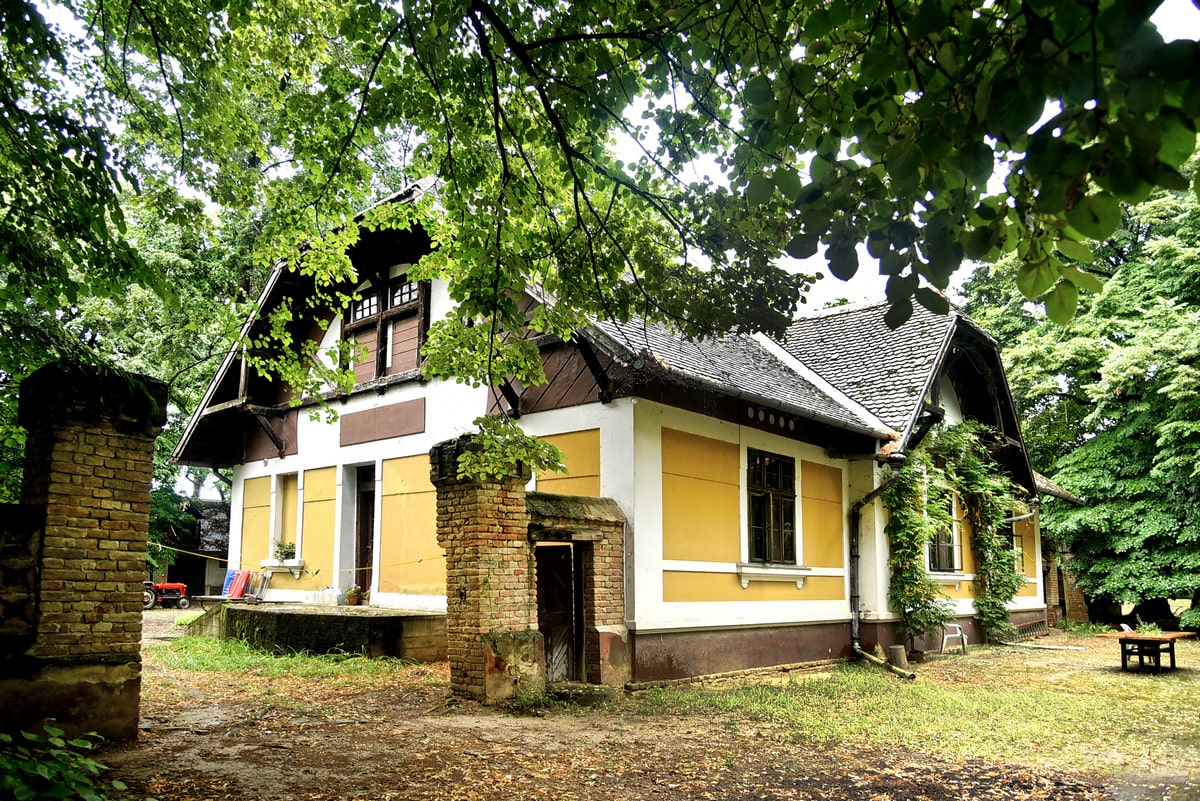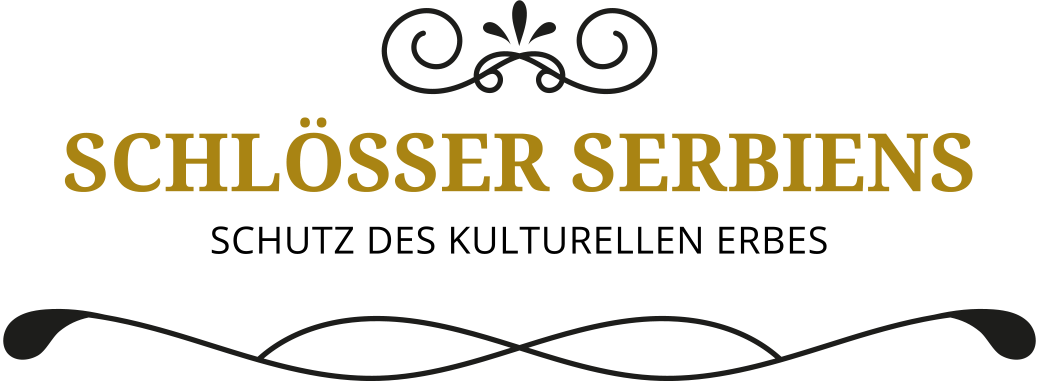Castles of Serbia
Summer house Vizić
Begeč
The summer house Vizić in Begeč was once owned by Count Chotek, who was the most powerful noblemen in this part of Vojvodina. The property itself on which it is located was first mentioned in 1408 and was then in the area of the then mighty Futog. The name Vizić comes from the fact that it was located on the borders of the Roman Empire. From 1805 to 1925, it belonged to the Chotek family, and then, from 1925, to the Kovačević-Dondur family, to which it still belongs.
The whole ambient ensemble consists of several old warehouses arranged in a large yard and the main summer house which carries elements of the Alpine sezession, and which served as the hunting house of the Kotek family, and was designed that way. The main building was built in 1901–1902 according to the design of the Budapest-born architect Gyula Komor on the site of a house dating from 1779. Today it houses a collection of paintings from the 18th and 19th centuries, engravings, etchings, lithographs and a library containing about 15,000 works; it still houses a collection of decorative arts, porcelain, agricultural tools and crafts, deer antlers, hunting trophies and equipment, photographs and old maps.
The building is single storey, with an elongated rectangular floor plan, with symmetrical facades, and a hip and valley roof structure, which is most impressive on the building, and which is followed by the central avant-corps of the facade. It is strikingly orange and white, which gives it a special charm in the greenery of the surroundings. The attic is made of numerous beams and slats. It also has a porch with wooden supporting beams and timbering. Chimneys are typical of Pannonian summer houses. This is one of the best preserved summer houses in this part of Europe.

Works on the restoration of the building were carried out in 1991-1992, 1996, 1998 and 2005. A large number of series and films were shot here, and the most famous series for children is “Marigold” (“Neven”) by Timothy John Byford from the seventies. It is very well maintained, but more help is needed to systematize and open this impressive collection of objects to the public, as well as to maintain wooden construction and interiors.
This project was supported by the Ministry of Culture and Information of the Republic of Serbia.





